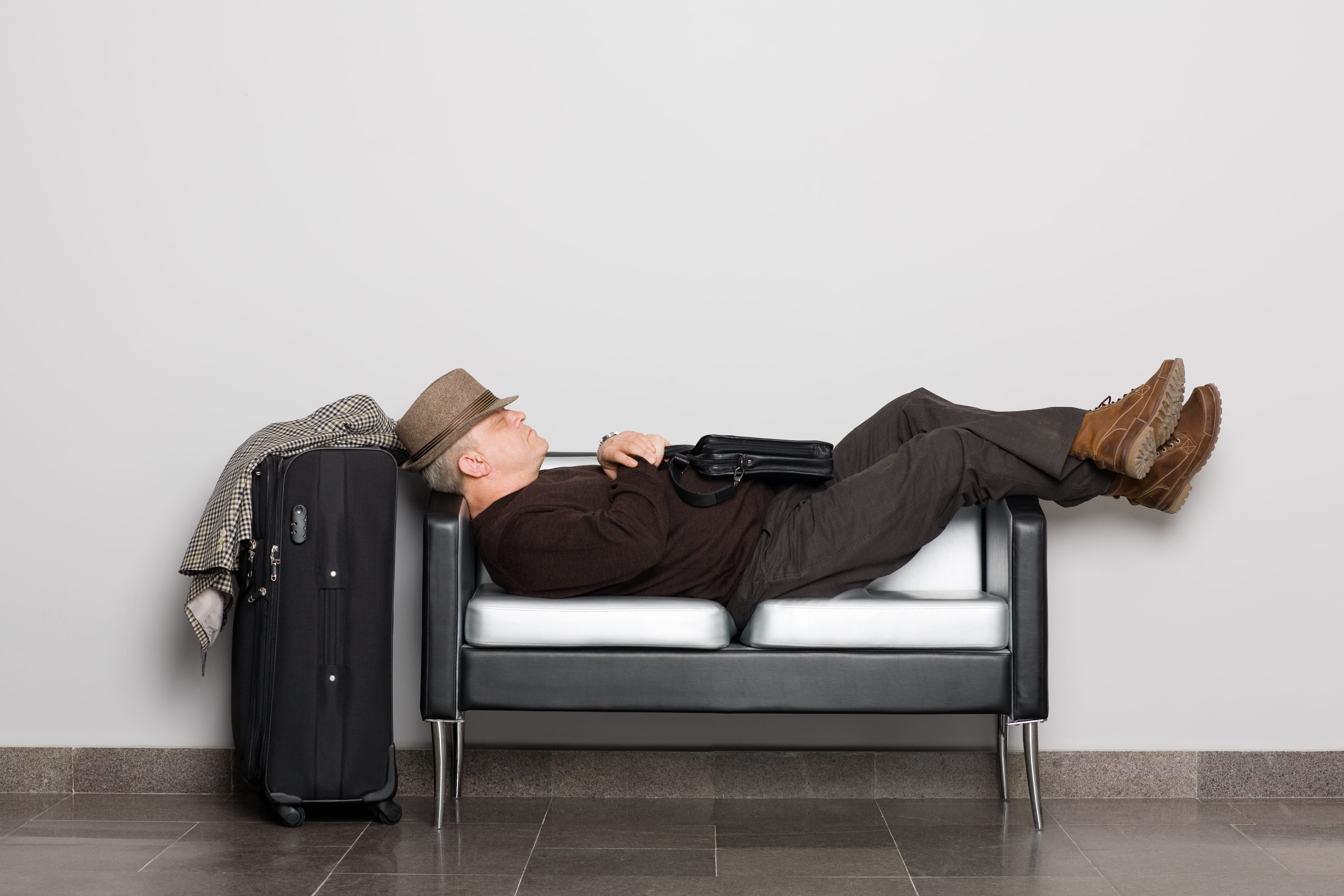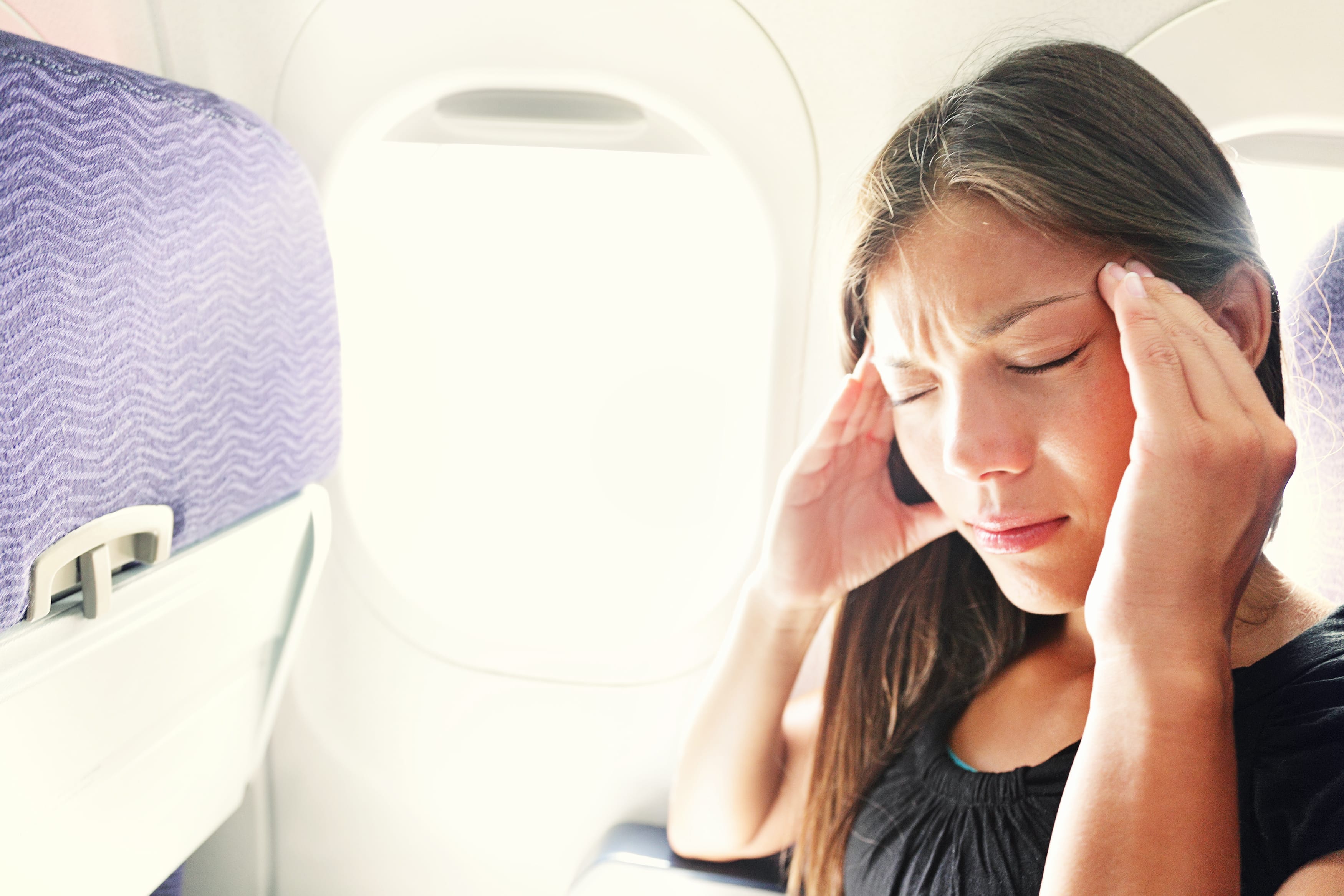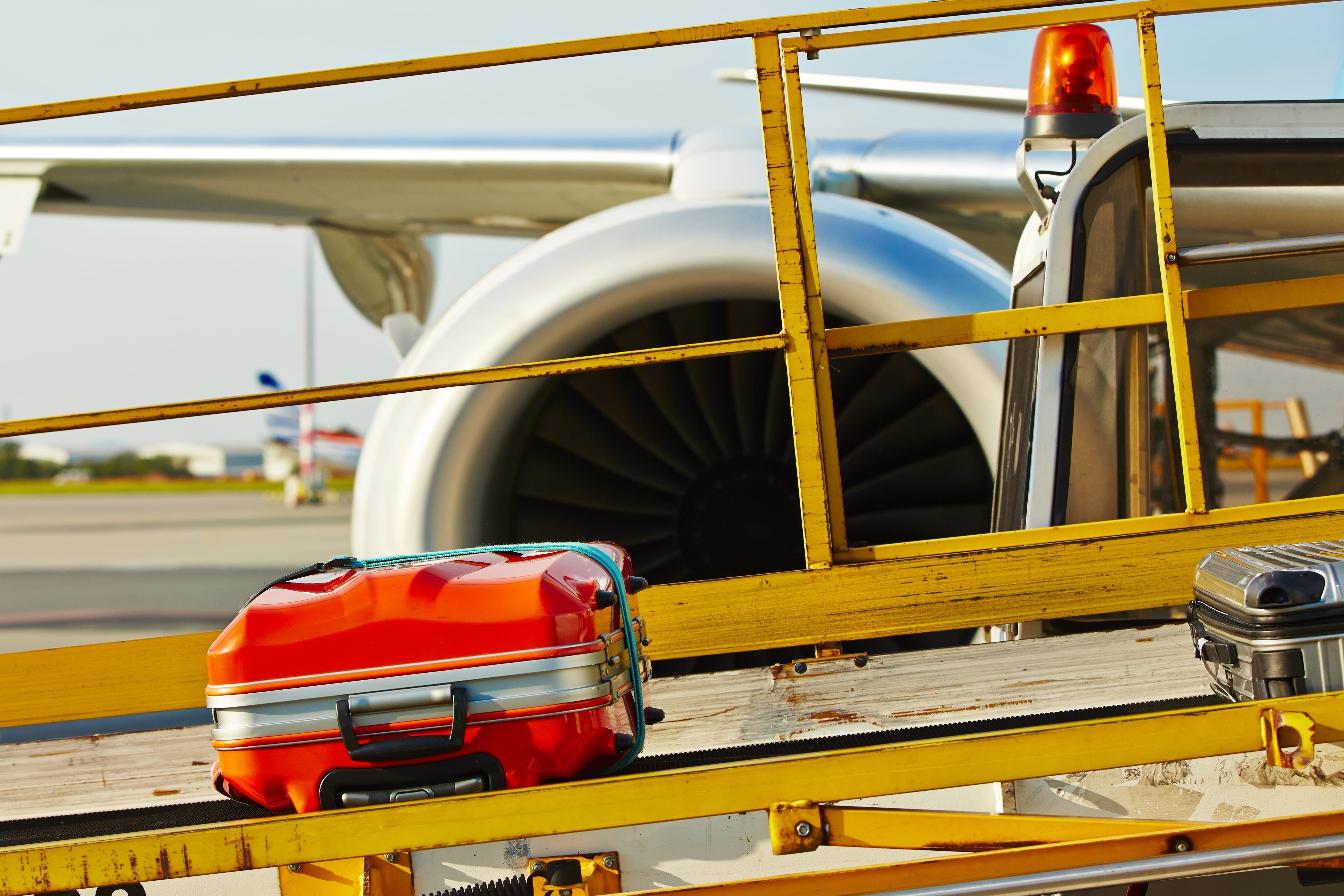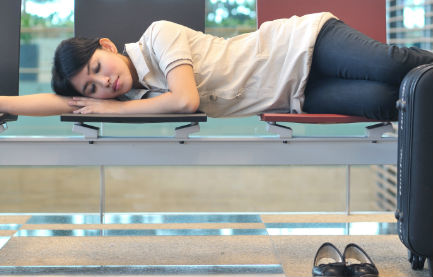We’ve all been there: You step aboard your trillion-hour flight to discover that your seat is roughly as comfortable as a rusty footstool in the attic. While it may seem like there’s no such thing as comfort when it comes to air travel, there are actually a few insider secrets to scoring a seat that doesn’t make you feel like weeping all the way from here to Rome. Here, we’ve gathered a few simple ways to keep that in-air suffering to a bare minimum.
Figure out exactly what you mean by comfortable
Some people need a window seat to forget that they’ll be spending the next eight hours speeding through the sky in a pressurized metal tube. Others simply must be just a few steps from the bathroom. Before you even begin trying to parse this seat situation, spend a little time figuring out where you fall on the comfort-zone spectrum. It’s definitely a subjective thing, and there’s almost never a one-size-fits-all solution.
Reserve your seats before you go
If your airline offers pre-flight seat reservations, use them. More often than not, you’ll be able to scope out a map of the cabin and see which seats are already taken, so you can find the space that meets all of your requirements. Sure, you won’t get any info on whether your seatmate likes to throw his elbows around like a soccer player in the World Cup final, but at least you’ll be able to revel in all that freedom of choice.
Steer clear of the window rut
Remember those childhood days of fighting with your siblings over the window seat while your parents wondered why they ever thought a family road trip would be a good idea? It seems counterintuitive, but that scenario doesn’t necessarily apply here. While the window might be the best option if you’re on a long-haul flight with your spouse and can easily encroach on his space, aisle seats are often way more comfortable when you don’t know the person next to you. You’ll have to watch those legs when the drink service starts and try not to trip any fellow passengers, but you’ll have slightly more room to move your elbows and ankles.
Do a background check on those airlines
No, you don’t actually need to run a police report on your carrier, but a few minutes of research can go a long way in terms of understanding which companies pack their passengers like sardines. For instance, regional planes are generally the size of a small thimble, so you’ll almost always be tight on space. On the other hand, international airlines often build their fleets to give passengers a little more breathing room. It all depends on the route you’re flying – an hour-long jaunt will probably always happen on a small plane – but it never hurts to know the stats.
Keep calm? Yes. Carry on? Never
Ask any insanely tall friend where they prefer to sit, and you’ll likely hear stories about the ever-elusive bulkhead. Thanks to its front-of-plane position, the seats here offer loads of extra room to stretch out and get comfy.
There is, of course, a rub: Because you don’t have a seat in front of you under which to stow your stuff, most airlines will ask you to tuck even tiny carry-on bags into the overhead. That’s assuming there’s even space up there in the first place. What’s our solution? Spend the extra cash to check your bags. As long as you’re not traveling with 25 gold-plated steamer trunks, the cost will be more than worth it.
Consider paying for premium seats
You’ve tried everything short of bribing the flight attendants but still can’t manage to land a seat that doesn’t feel like a straightjacket. Before you slip the steward that crisp $50 bill, check whether the airline offers premium seating in the economy cabin. You’ll pay a little more to upgrade, but there’s definitely a legroom benefit. Just try to stick to this simple rule: If the flight is fewer than two hours, suffer through the space constraints. You’ll be back on the ground faster than you can say ouch anyway.






